Cruise lines sailing out of the Port of Melbourne, which last week drove Carnival’s Cunard and Princess ships to halt port stops after a 15% fee increase, are considering how to cope with the rises.
Many feel the hikes, from $28.50 to $32 per passenger per day, will be absorbed into cruise fares.
Melbourne Ports claims it needs the additional money to maintenance Station Pier a Ports Victoria spokesperson said.
“We have an ongoing maintenance program for the upkeep of Station Pier as an operational shipping facility and our fees will continue to support those works,” the spokesperson said.
“We have not increased our charges since 1 July 2021 – a period of two-and-a-half years and it was after careful review that we issued the new schedule of fees to come into effect on 1 January next year.
“The increase of 15 per cent is less than the Australian Consumer Price Index for the same period (18 per cent) and the Victorian Construction Price Index (21 per cent) for the same period.”
But the industry has reacted with shock and surprise, especially after Cunard and Princess Cruise lines announced they would pull out of homeporting in Melbourne. Although Cunard had already announced in November that they would not come be homeporting Australia in 2025.
Resilient Lady – Virgin Voyages’ latest addition to Sir Richard Branson’s fleet of cruise ships – is about to begin her inaugural Australian season in two weeks, calling Station Pier her homeport. The line indicated it was less than happy with the unexpected hike.
“Virgin Voyages is committed to bringing global attention, visitors and economic benefits to Australia, and in particular, Victoria; and we encourage the Victorian Government to consider the unnecessary obstacles and barriers that the increase in fees and charges at our homeport will have on our business and others,” a statement said. Other lines are still deciding omn their response
The price rise brings to light the per passenger cost at other ports around Australia which are some of the most expensive in the world. Sydney ports charge cruise lines almost $45 per passenger to dock at the Overseas Passenger Terminal or White Bay Cruise Terminal.
At that rate a mega-ship like Ovation of the Seas, with a 4180-guest maximum, can look to be paying $188,100 per cruise for a full ship at OPT.
But the figures do not take into account that OPT offers just one terminal in the middle of Australia’s No.1 tourist destination, compared to PortMiami which has 10 terminals out of town.
In Alaska, visitors to Juneau – which is expecting 1.6 million passengers this northern summer – are charged a US$5 (AU$7.52) marine passenger fee, a US$3 port development fee and a US$5 state commercial passenger vessel fee.
This compares to Melbourne Ports, where a recent 15 per cent increase means the per passenger rate has increased from $28.50 a head to $32 per passenger. The rising port costs will go towards improving the existing outdated facility.
With a total length of 718 metres, Melbourne’s Station Pier has three berths for cruise ships. These are available for negotiation as dedicated berths for homeporting ships, but there will be more room in 2025, given Carnival has announced it will no longer be homeporting Princess and Cunard cruises making the decision to send their ships elsewhere from the 2025-26 season.
Spirit of Tasmania also decided to move operations from Station Pier to its new home in Geelong given the rising prices. It will be accommodated by the new, purpose-designed $135 million Spirit of Tasmania Quay.
Watch the video here
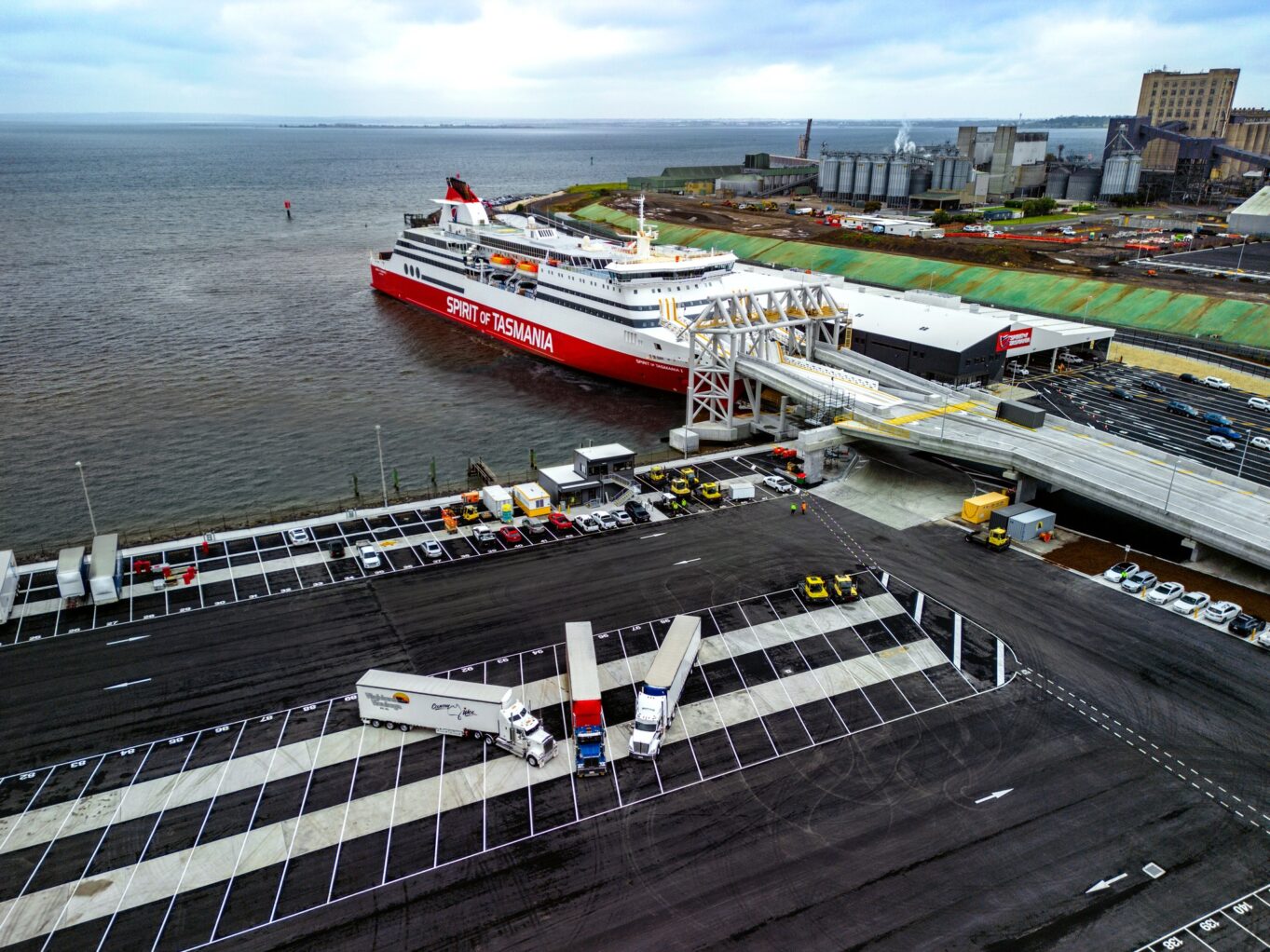
Carnival Australia’s Chief Strategy Officer, Teresa Lloyd said the decision to no longer have Princess Cruises and Cunard sail from Melbourne from 2025 because of the rising port costs was not made lightly.
“The decision to homeport these popular cruise lines in other markets, is in no small part due to the recent decision made by Ports Victoria to significantly and unexpectedly increase fees and charges,” she said.
“We understand these fees will be ongoing and will largely go towards the ongoing costs of maintaining Station Pier.”
Carnival Australia, though, had already entered into a long-term agreement with Port of Brisbane in 2018, committing to purchase a maximum of 100 ‘foundation’ berthing days of no more than four in any week for 15 years to underwrite the construction of the new terminal at Luggage Point. In exchange, Carnival Australia receives priority berthing rights at Brisbane International Cruise Terminal. The port unveiled last season.
The Melbourne ports increase occurred in the same week CLIA, Ports Australia, the Australian Cruise Association and other industry stakeholders met in Canberra to ensure the cruise industry’s $5.6 billion-a-year contribution to the national economy is valued and understood. While cruise makes up less than 2 per cent of global shipping, it is an important stakeholder in the ports space.
The inaugural #FriendsOfPorts event at Parliament House in Canberra this week was an opportunity to highlight to key Ministers and important stakeholders Australia’s increasing operating costs for cruise lines, which include some of the world’s highest fees, taxes and charges. CLIA also said there are regulatory complexities, capacity constraints and bottlenecks around border processes that impact cruise operations.
Metropolitan and regional cost variations
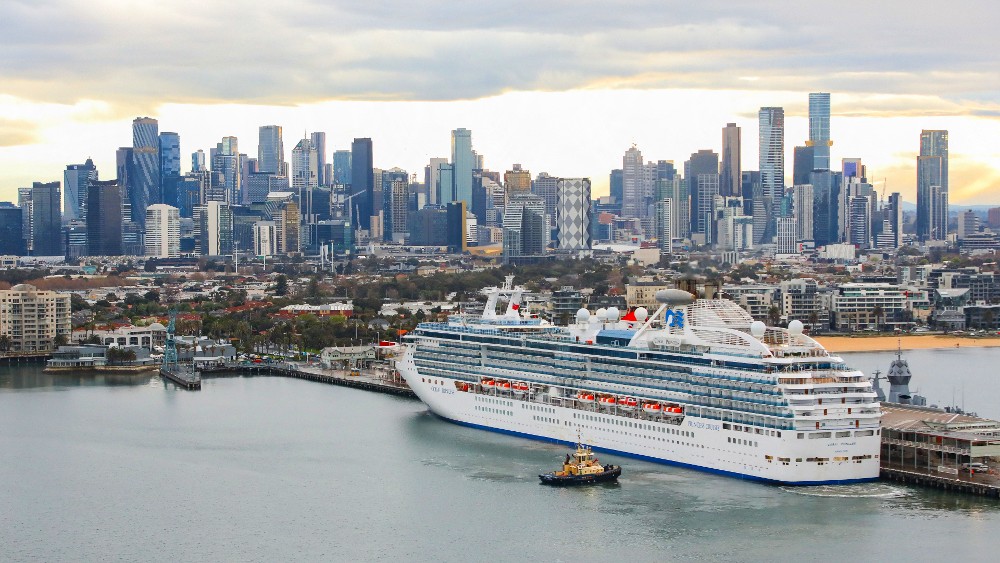
Australian ports vary wildly in the amount they charge visiting cruise ships. While much was made of Melbourne’s rising port costs, the Ports Authority of NSW charges almost $45 per passenger ($40.65 plus GST) if ships berth at the dedicated Overseas Passenger Terminal at Circular Quay or White Bay Cruise Terminal. In 2022 it was $41.54 (inclusive of GST).
Also, given White Bay Cruise Terminal docks adjacent to a residential neighbourhood, ships tying up at the Rozelle berth must also pay a $12,100 (inc GST) Good Neighbour Charge.
But there is also a 100 per cent cancellation fee at Sydney ports. If a ship cancelled a Sydney, it would still be charged the number of passengers on the manifest multiplied by $40.65 (plus GST) and a ship with a maximum capacity of say 1912 would be up for $77,722.80 (plus GST).
In contrast, Tasmania features a flat fee Berth Services and Occupancy charge that applies to all cruise vessels calling at Hobart, Burnie, Devonport and Bell Bay. The charge covers the use of the berth, terminals, services to support berth set-up and passenger disembarkation/embarkation including gangways (and equipment to position gangways), fencing, portable buildings to support regulated vessel arrangements, utility connections/disconnections and associated labour. For cruise vessels of greater than 9999 gross registered tonnage (GRT) it is $12,148, while for expedition cruise vessels of the same GRT it is $4597.
Alaska tops the world
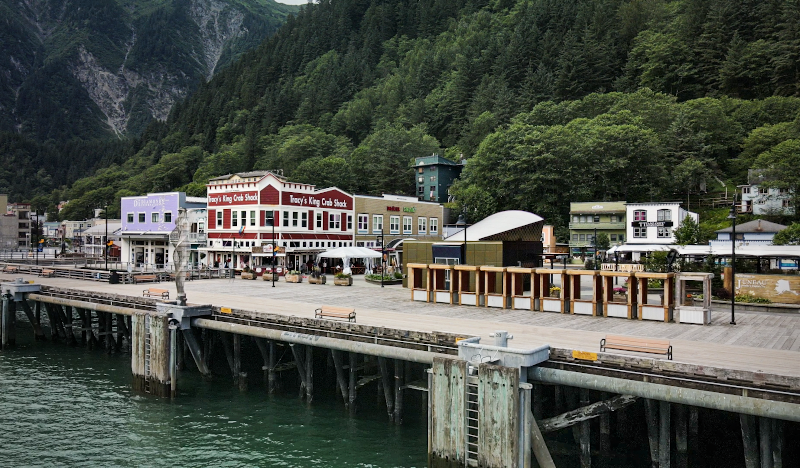
In the far northern hemisphere, Alaska charges considerable taxes, fees and other port expenses.
For a seven-night cruise on Disney Wonder with glacier views, stopping at Skagway, Juneau, and Ketchikan, the total taxes, fees and port expenses are US$441.38 – that’s AU$667!
A seven-night trip on the same ship to the Mexican Riviera that stops at Puerto Vallarta, Cabo San Lucas, and Ensenada, Mexico, has total taxes, fees, and port expenses of US$328 ($AU496). Although it’s the same ship and the cruises are the same length, the Alaskan cruise fees are US$113.16 more.
Meanwhile, tourists aboard cruise ships in Barcelona have to pay another tax to help curb pollution in the Spanish port city. While cruise passengers are already charged a tourist levy, of €3 (about AU$5) for a stay of more than 12 hours and €1 for a stay of less than 12 hours. These costs – along with an existing €1.75 surcharge – are usually included in the cost of booking cruises or hotels.
Over-touristed Venice has already banned large cruise ships and from next year, the Italian travel hotspot is also planning to charge visitors a €5 entry fee.




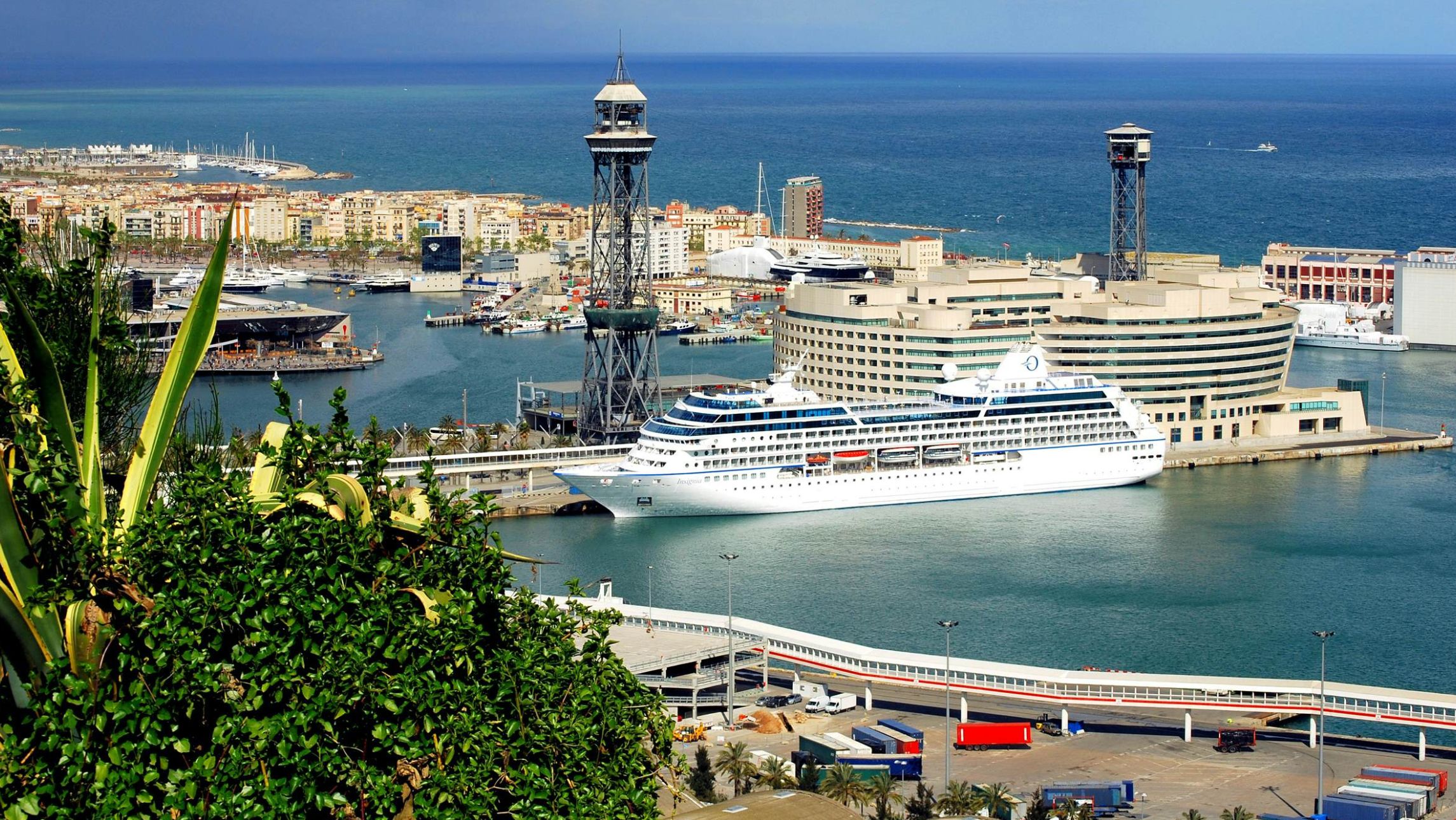

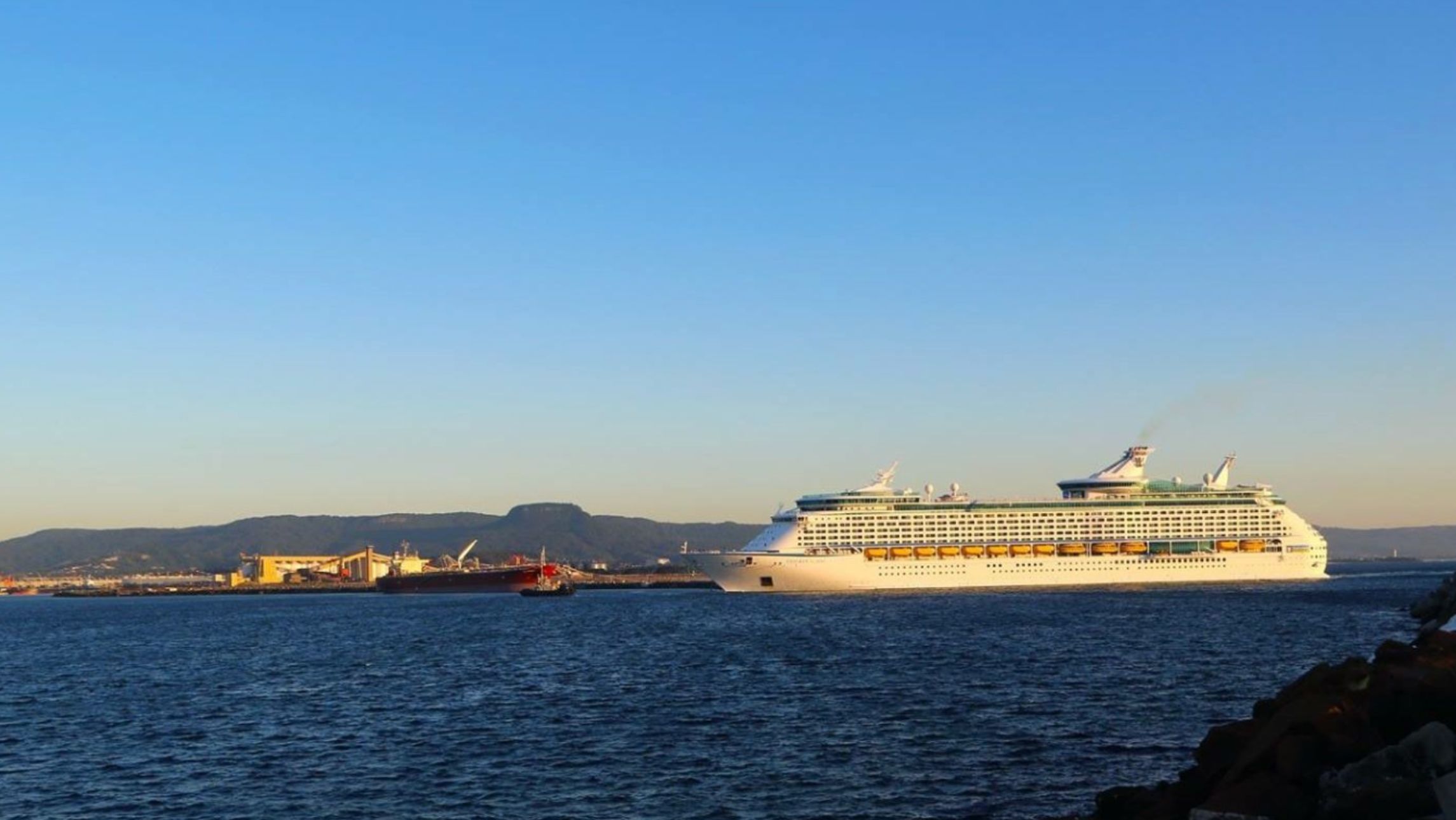



These ridiculous port charges show just how stupid port authorities are in Australia. We cruise a lot and meet many who cruise much more but they all know the rip off costs in Australian ports which are nothing to be proud of.
The new port in Brisbane is a disgrace. Built hundreds of yards away from the dock, many older people struggle just getting to and from the ships. There are no travelators and no rest stops between the dock and the customs and entry buildings. Facilities like restaurants or even a coffee shop are non existent other than a cart outside the building.
Some. Official in Australia stated that the cruise industry was doing well and could afford increases port charges.
What I miss informed fool!
Cruise lines are struggling with low numbers of bookings and lack of available trained staff throughout the ships.
They are a wonderful experience for many people but are being grossly overcharged by ports in Australia. Cruise lines are backing out of home ports here which will force people to go overseas to join cruises. When will Australia wake up?
It s soo sad that many cruise lines will not come in Melbourne pier station as the high increase of taxes. soon many ships will stop coming in Melbourne.
The taxes rises could be 2 to 5 Percent but not 15 percent. The Victorian government should consider in the too much high increase of taxes on Melbourne’s pier station
DISAPPOINTING FROM PRINCESS REGARDING THESE CHANGES TO THERE LOYAL CUSTOMERS BUT THESE CHANGES WHERE ALREADY MADE PRIOR TO THE COVERNMENT CHANGES AS THESE CHANGERS WITH THE QUEENSLAND PORT AUTHORITY MADE YEARS AGO THE MEDIA PLAY IT UP
The decision to increase Port Fees for the Port of Melbourne is so obviously idiotic that,surely, it will be reversed. The ramifications have, clearly, not been thought through.